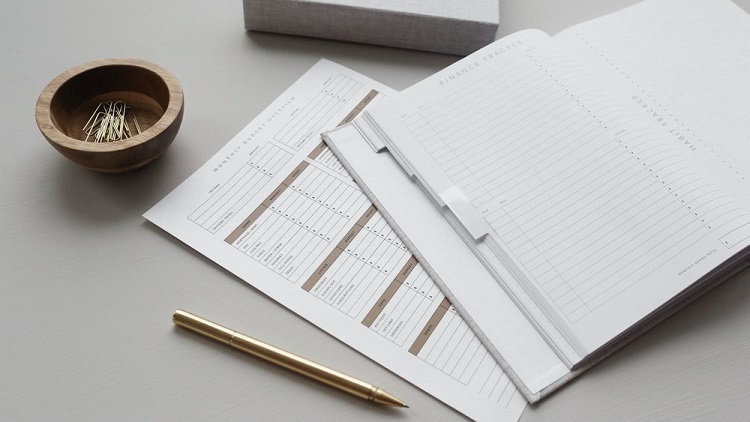A budgeting worksheet is a great way to help you stay on track with your spending. It can help you track your income and expenses and keep you from overspending. First, figure out your annual income and expenses using a budget worksheet to understand it. Then list the items in Column A of the worksheet and the corresponding dollar amount in Column B. You can also add notes in the cell if you want. Next, figure out how much money you want to spend on each category each month, and enter that amount in Column C. Finally, figure out how much you have left over after each category is paid for (Column D). If there’s still leftover money at the end of the month, put it into savings or retirement.
Table of Contents
How to create a budget worksheet
Include columns for your month’s income and expenses. You can also include columns for savings, debt payments, and other important categories. Once you have created the worksheet, start tracking your expenses and be honest with yourself when tracking your expenses. If you are spending more than you are earning, adjust your budget until you reach a balance. You may need to reduce spending in some areas or increase income in others.
Be patient with yourself; budgets can take time to adjust appropriately. If you cannot stick to a budget, enlist the help of a financial advisor or therapist. They can help you create a plan tailored to your individual needs.
What are the different types of budget worksheets?
There are several types of budget worksheets that can help individuals better understand their spending and saving habits. A spending plan worksheet, for example, can help individuals track their regular expenses and figure out where they could cut back. A budget worksheet may also include categories such as “debt,” “savings,” and “fun.” An income and expense worksheet can help individuals see where their money is going and where they could make adjustments in their budget.
How to adjust your budget worksheet?
Adjusting your budget worksheet can help you take control of your spending and improve your financial stability. Here are four tips to help you adjust your budget:
- Start by categorizing your expenses. This will help you better understand your money and what you can cut back on.
- Compare your current budget to your ideal budget. Where are you overspending, and where could you save more?
- Try cutting some unnecessary expenses. Could you go without cable for a month or live without Starbucks weekly?
- Track your progress towards your ideal budget. If any adjustments need to be made, do so promptly so that you don’t end up overspending again.
How to use a budgeting worksheet in your life.
By creating a budget each month, you can track where your money is going and ensure that you are not spending more than you have available. Here are some tips on how to use a budget worksheet:
- Start by creating a table that lists all of your monthly expenses. Include everything from your rent to your car payment.
- List each expense on the table, and then total the amount it costs you for the month.
- Once you have totaled up all of your expenses, divide that amount by 12 to get your monthly budgeted income.
- Adjust this amount depending on your income and expenses, as times may differ monthly.
- Once you have finalized your monthly budget, stick to it. Consistency with your budget will help you save money over time and achieve your financial goals.

Leave a Reply
You must be logged in to post a comment.